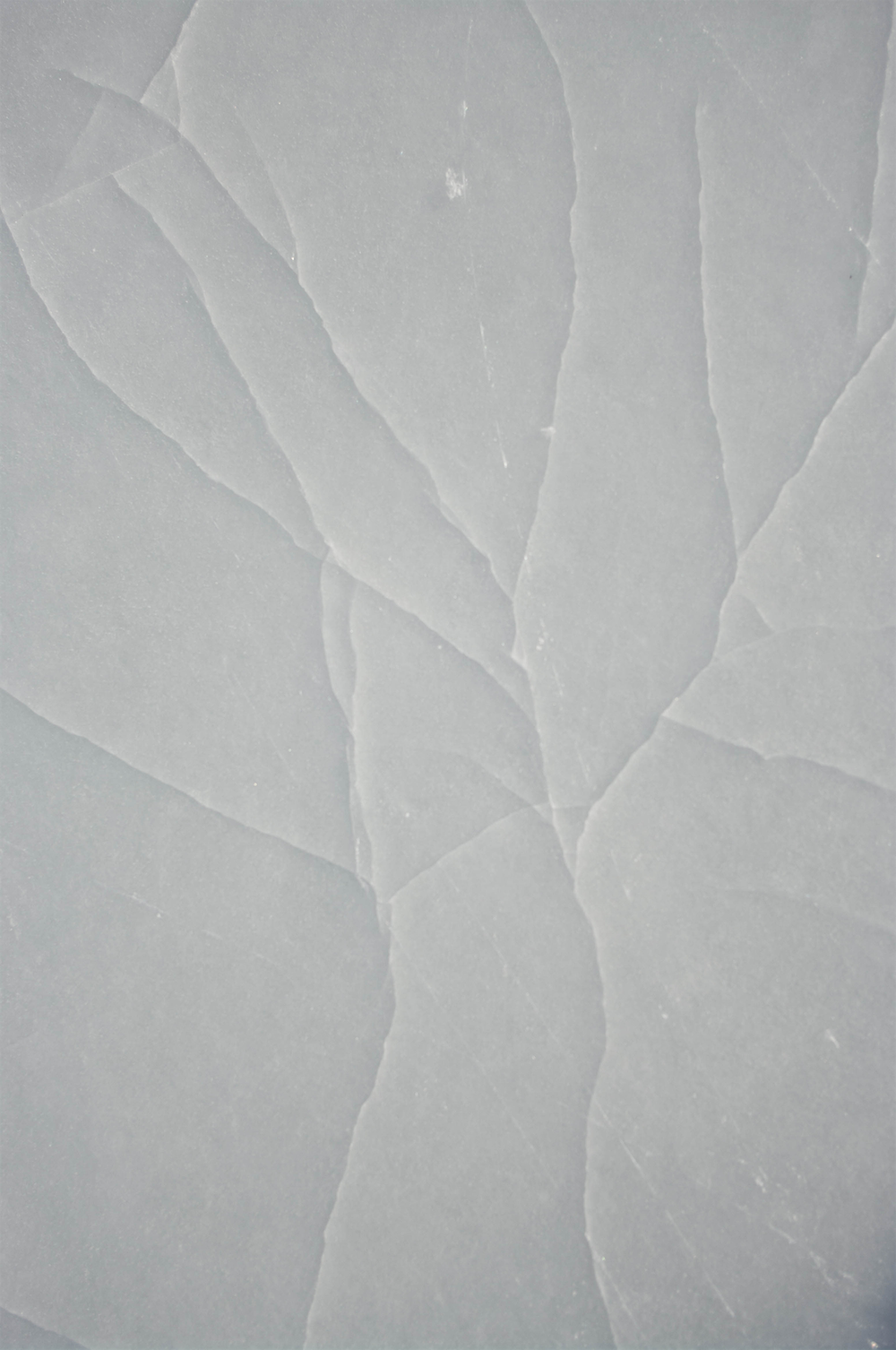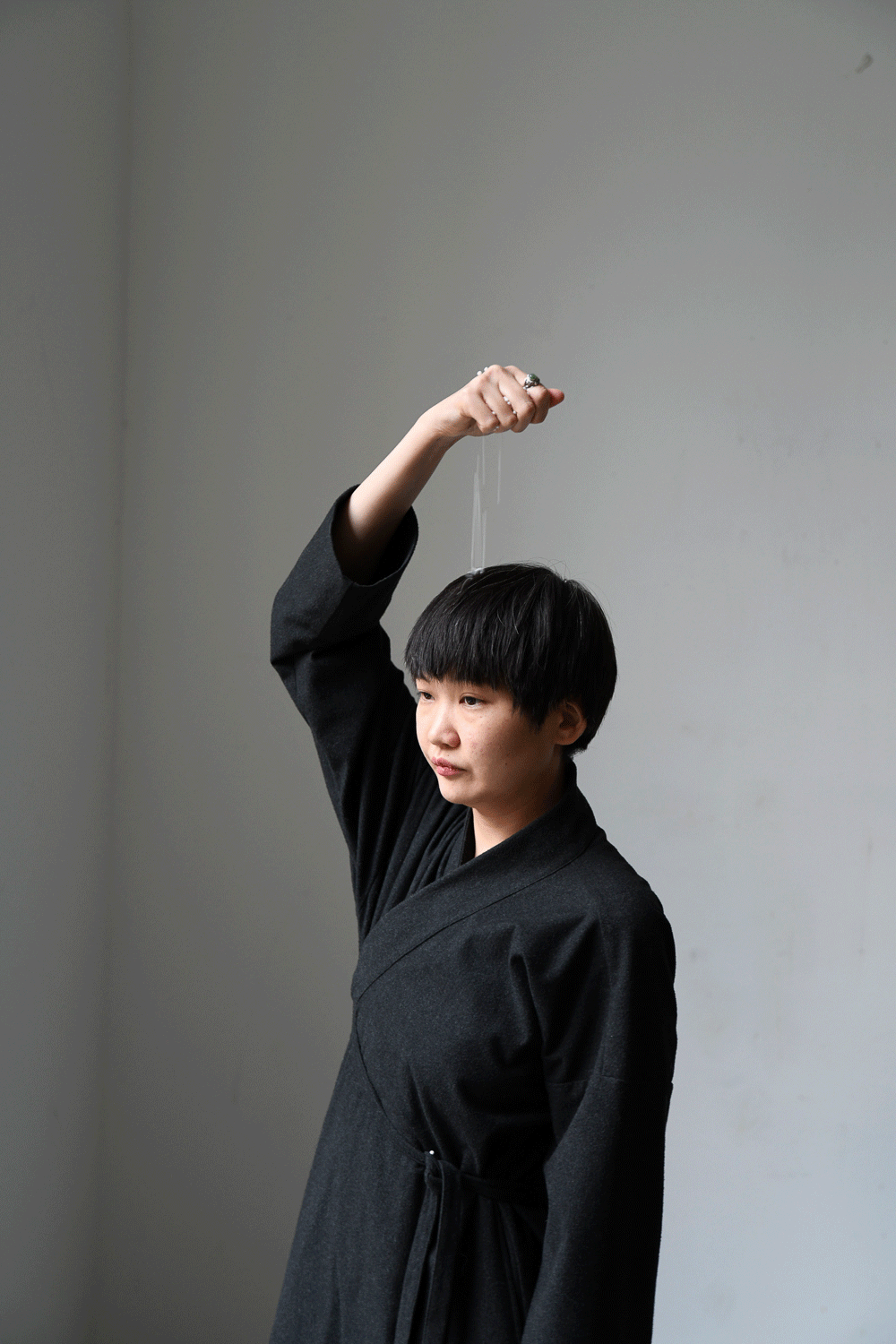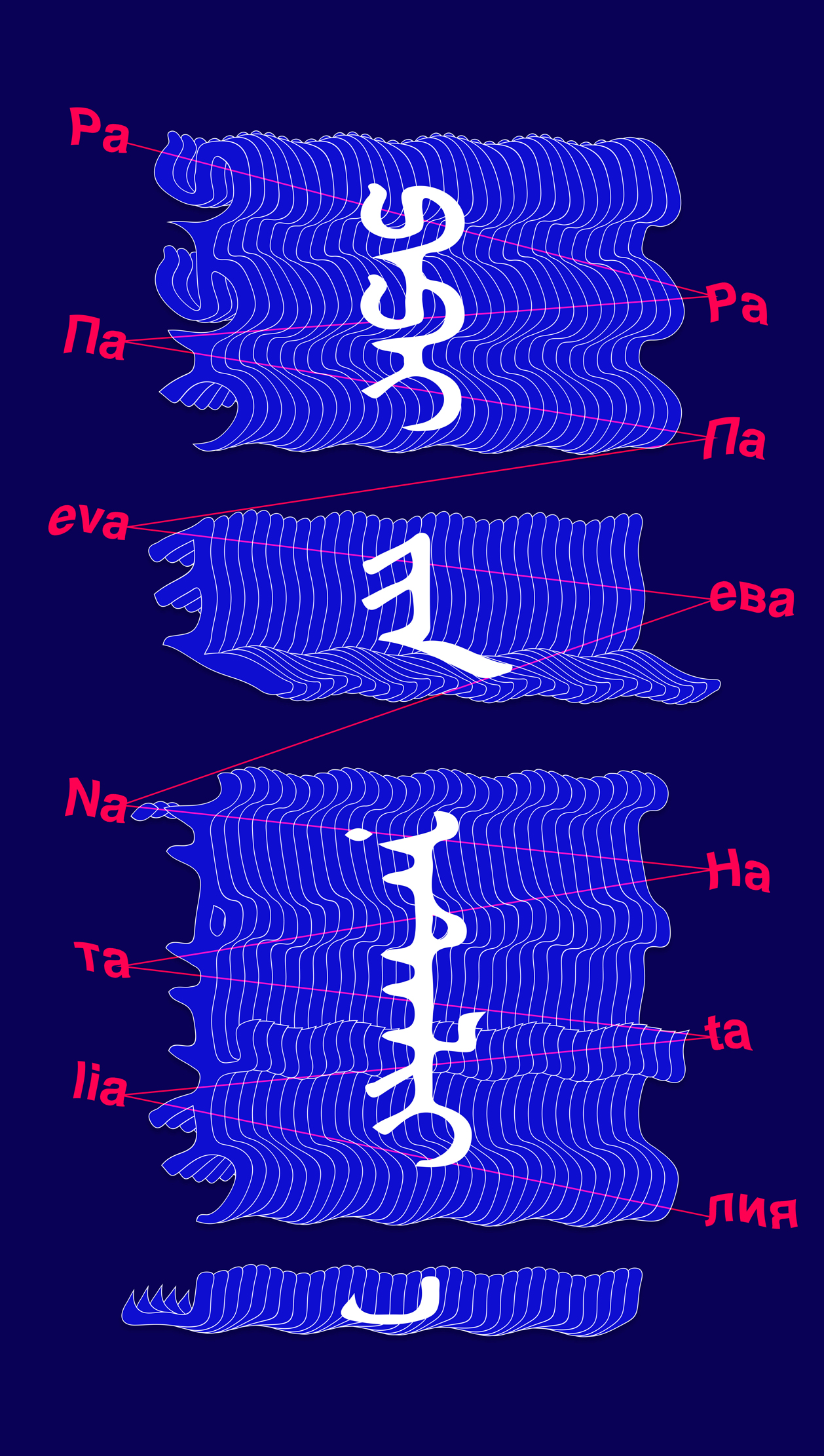Verses of extinction: one Buryatian artist’s attempt to keep her native language alive


This article was produced as part of Russia Z’s Open Call scheme, which supports emerging writers, photograms and creatives from Russia.
Click here for more information or to submit an idea for a project for consideration.
Click here for more information or to submit an idea for a project for consideration.
Some 230 languages went extinct between 1950 and 2010, according to UNESCO. One third of all spoken languages today may disappear by the next century, including Buryat, the native language of Natalia Papaeva, a Russia-born artist currently based in the Netherlands. Papaeva moved to Rotterdam in 2013, triggering a deep change of perspective that saw her work refocus on themes such as immigration, identity, and family connections. The Buryat language has become the core of her artistic practice, both as a subject and as a tool.
Papaeva grew up in the small town of Orlik in the Republic of Buryatia, a picturesque region of Russia populated largely by ethnic Buryats, Buddhists who are deeply bound with the culture and language of nearby Mongolia. The beguiling fusion of nomadic and Buddhist traditions in the area often appeals to the imagination of outsiders, who either romanticise or fall into clichéd conclusions about the region.
In Papaeva’s case, Buryatian culture was naturally woven in her family life. She sees her heritage as “something subtle and complex, something you can’t consume with food or try on as an outfit”. Her family, she explains, would speak exclusively in Buryat to each other. “Wherever we go, and especially when we go to places where no-one speaks Buryat, it feels like we are bringing our world there, by simply speaking our language,” Papaeva says.
Papaeva worked in advertising in St Petersburg before she moved to the Netherlands in 2014 to pursue her artistic education. She found it difficult to apply for art schools in Russia, who often required students to have traditional painting skills in order to enroll. Instead, she entered The Royal Academy of Arts in The Hague and started to experiment in the field of performance.
Her first big performance, Yokhor, was named after a traditional Buryat song usually performed at major celebrations, such as the Surbarkhan holiday. Originally, it is cheerful and dynamic and accompanies a dance known as the khorovod, but in Papaeva’s performance it sounds deeply sad. “It used to be my favorite song. [Then,] in the Netherlands I was asked to sing it and I realised I had almost forgotten the verses,” Papaeva explains. In her performance, she shifts from timid whispering to a desperate cry, repeating the same two lines of the song she was able to recall. It is filled with the sorrow and pain of Papaeva’s years away from Buryatia and the growing concern about her native language, on the edge of extinction.
In 2017, Papaeva performed Vacuum, an artwork commissioned by art initiative VHDG which saw her reciting a Buddhist mantra while seated in a bathtub of an abandoned hospital. Papaeva grew up in a Buddhist household, and has turned to mantras to overcome anxiety since childhood. Yet while Papaeva admits to often feeling insecure, she says that she still finds those vulnerable moments both fulfilling and full of revelation. “The negative doesn’t always lack beauty,” she believes. She tries to communicate this belief as she performs the childhood prayer in Buryat in the middle of a bleak and hostile room. Voice, rhythm, and intonations are all fundamental to Papaeva’s practice. She speaks fluent Russian, English and Dutch, but feels that only Buryat allows her to truly express herself, although she struggles to use it in daily conversation. ‘I like that I have an accent. It allows my mother language to squeeze itself into other languages, keeping it somewhat alive,” Papaeva says.
But while Papaeva’s heritage has carried and inspired her, it has also made her a target for intolerance and hate. A constant stranger in a strange land, the artist has experienced racial discrimination in the Netherlands, in St Petersburg, and even in her native Buryatia. In one performance, commissioned by By TENT Rotterdam, she repeats the word ponayekhali: a made-up word often used by Slavic Russians both to describe immigrant workers and ethnic minorities, and to comment on their looks or behaviour. While gramátically incorrect, the word is so widely-used as to become commonplace. The performance sees Papaeva take on different intonations and speech as she says the word again and again, a demonstration of the repeated discrimination she has faced for her Buryat appearance.
Her latest performance, also commissioned by VHDG for Papaeva’s exhibition in Leeuwarden this March, deals with the spike on anti-Asian hate following the Covid-19 pandemic. The work explores the scale of positive and negative connotations the same phrase may have in different languages.
It is a performance that captures that while so much of Papeva’s art is guided by language, it ultimately has the ability to speak beyond words. Intuitive and candid, Papaeva’s performances are guided by something that is constantly changing and flowing. While that may take on many different shapes, forms and tongues, it still comes back to a universal truth. “You may not understand what I’m saying, but you will definitely feel what I mean,” she says.
Photography credits
Yokhor installation view — Image: Charlotte Brand
Portraits of Natalia Papaeva 1 and 5 — Image: Heleen Haitema
Photography credits
Yokhor installation view — Image: Charlotte Brand
Portraits of Natalia Papaeva 1 and 5 — Image: Heleen Haitema


